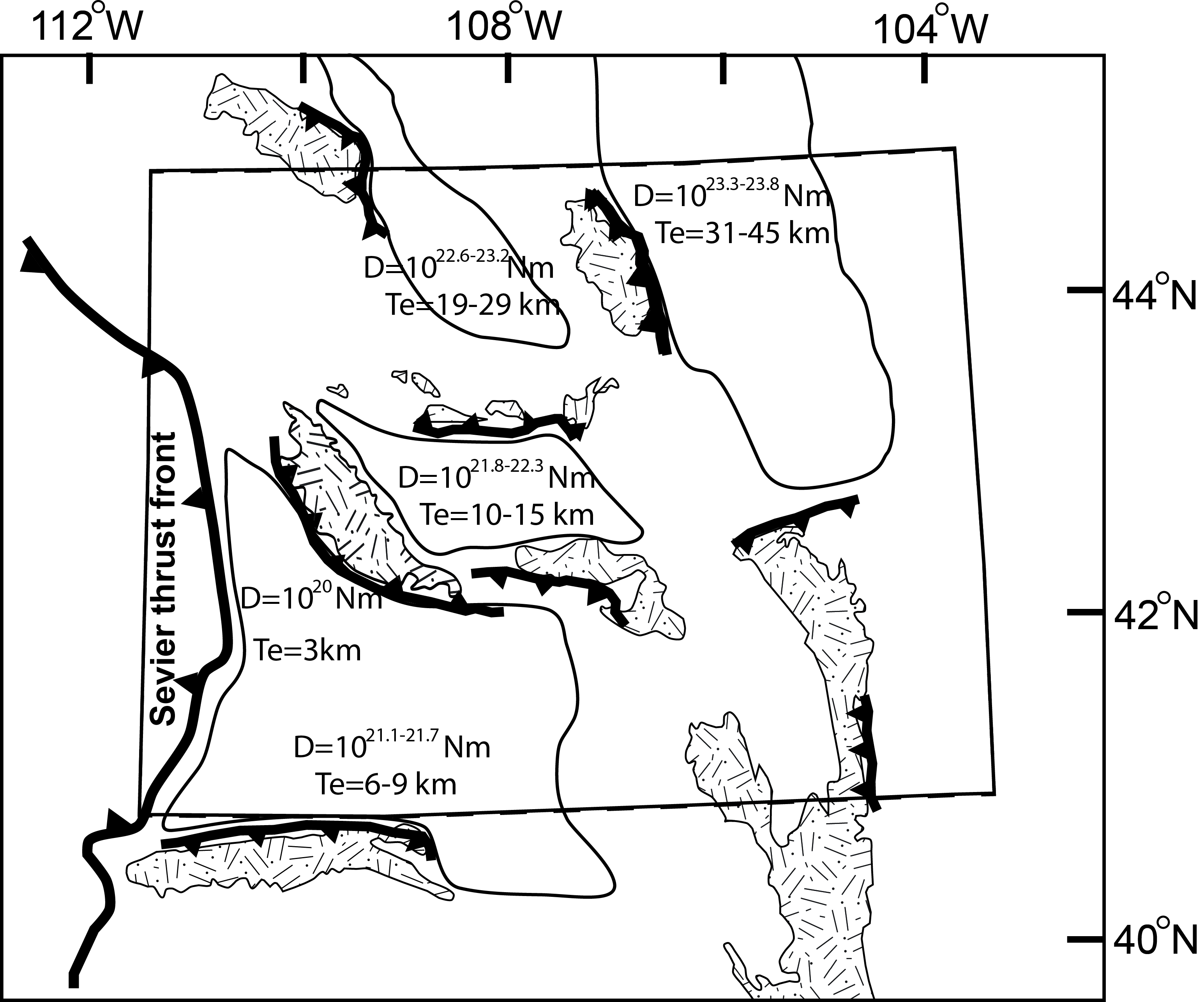Reports: DNI854673-DNI8: Influence of Mantle Processes on the Formation of Petroleum-Bearing Basins in the Central Rocky Mountains, Western U.S.A
Majie Fan, University of Texas at Arlington

Majie Fan, University of Texas at Arlington

Reports in the ACS PRF Annual Report are published as submitted by the Principal Investigator.
Copyright © American Chemical Society